Headless commerce is a type of digital commerce architecture where the front-end presentation layer is decoupled from the back-end e-commerce functionality. As such, it allows developers to use any front-end technology to deliver high-quality user experiences while maintaining a store’s e-commerce operations, such as payment processing, inventory management, and order fulfilment, in a separate back-end system.
Table of Contents:
A layer of powerful APIs (or Application Programming Interfaces) lives between the front-end and back-end systems. These APIs act as the middleman between the two systems, allowing e-commerce businesses to plug and play various frontend solutions without the risk of impacting the backend commerce functionality.
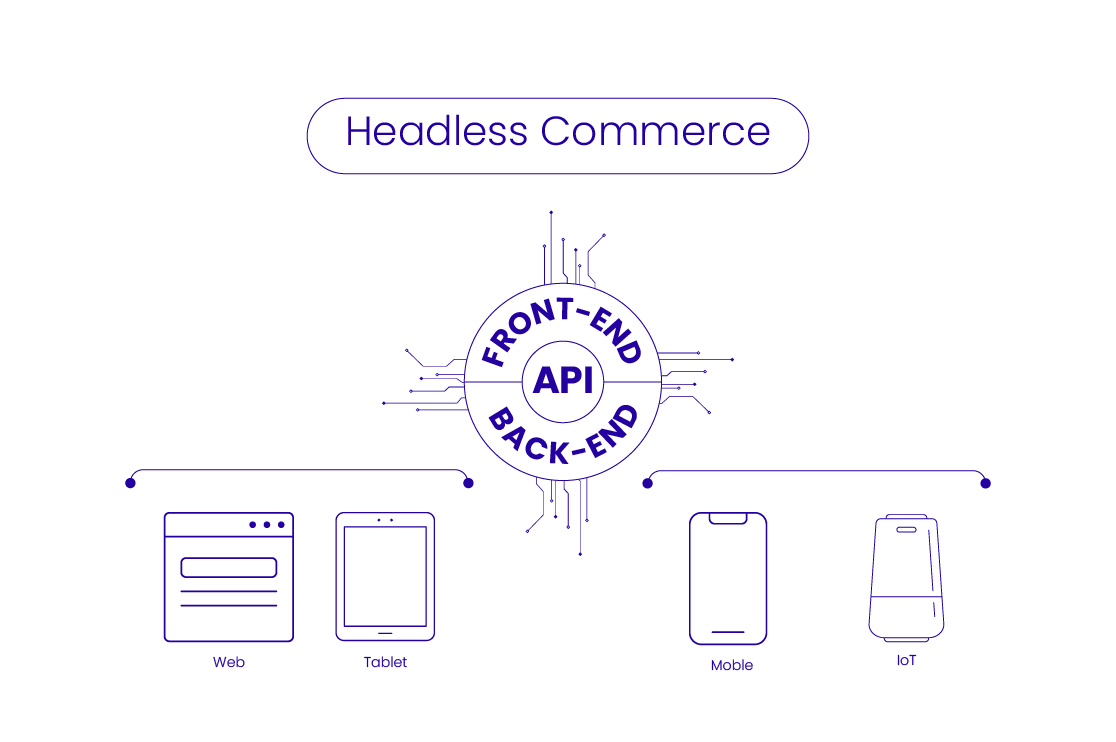
This means businesses have full freedom and flexibility to optimize the customer experience through multiple unique storefronts. They can update web copy and images across their site or even extend these experiences to new channels such as mobile apps, kiosks, and IoT devices. And all the while, the backend system continues to support all commerce functionality.
What is headless commerce – a quick intro
Headless commerce platform for multi-storefronts significantly impacts market responsiveness and cost optimization by enabling faster time-to-market, greater flexibility, and reduced development costs. Headless ecommerce architecture allows businesses to rapidly adapt to changing customer needs and market trends while streamlining development processes and reducing overall IT expenses.
Market Responsiveness
Faster time-to-market: Headless commerce decouples the front end (i.e., user interface) from the backend (i.e., e-commerce engine), allowing for independent development and deployment. This means that marketing teams can quickly implement new features, promotions, and content updates without waiting on backend development teams, resulting in faster time-to-market for new products and services.
Agility and flexibility: Headless ecommerce for regional expansion allows businesses to experiment with different user experiences, pricing strategies, and page layouts without disrupting the backend. This flexibility fosters innovation and enables quicker adaptation to market changes and evolving customer preferences.
Omnichannel strategy: The modular nature of headless cms for ecommerce allows businesses to easily integrate with various channels, such as mobile apps, social media, and marketplaces, enabling them to create a seamless and consistent customer experience across all touchpoints.
Personalization: Headless commerce, as the best ecommerce platform for multi-brand retail, facilitates personalization by allowing businesses to integrate advanced algorithms, ecommerce backend for multiple channels, and machine learning models, customizing the shopping experience to individual customer preferences.
Cost Optimization
Reduced development costs: Separating the front end and back end reduces the need for extensive redevelopment and allows for incremental enhancements, lowering IT costs.
Lower infrastructure costs: Headless ecommerce architecture can reduce the resources required to manage and maintain the e commerce architecture, lowering infrastructure and licensing costs.
Faster iteration and testing: Headless architecture allows for faster iteration and testing of new features and functionality, enabling businesses to make changes and optimize their platform more efficiently.
Reduced tech debt: By allowing for independent front-end updates, headless commerce helps to reduce the burden of reworking outdated systems, which can save time and money in the long run.
Improved collaboration: Headless commerce enables better collaboration between technical and non-technical teams. It allows marketing and design teams to manage and update front-end content independently, freeing developers to focus on more complex tasks.
Challenges related to scaling in multi-storefront operations
Companies growing across several stores, physical, digital, or both, must contend with a new generation of intricate challenges. Your processes, systems, and operations must grow along with you as you grow. But it’s occasionally a flat line.
Below is an overview of the major scalability issues in multi-store settings and the real-world solutions to overcome them.
Global Scalability Challenges
Data fragmentation: When every store is on a separate system or database, you create data silos. You don’t have an end picture of your inventory, customers, sales, or operations.
Inventory discrepancies: Managing inventory across stores can be a nightmare. You may overstock one store and be out of stock in another unless you have visibility in real time.
Blockages to performance: The more users, stores, and transactions your system must manage, the poorer its performance will be. Response times, delays, syncing issues, or even system crashes become legitimate issues.
Integration complexity: More stores usually mean more systems: ERP, POS, eCommerce websites, and loyalty apps. Having them all communicate is the equivalent of monster middleware or custom APIs.
User Management and Access Control: Giving the right people proper access and keeping them away from looking at what they should not is more difficult when you’ve got more people on your team and store-specific jobs.
Centralized versus Localized Control: It is difficult to switch between centralized control and local liberty. You need consistency across locations, but you’d also like to give local teams the ability to make operational decisions.
Solutions
Embrace a single platform: Consider an integrated solution such as LS Central or similar ERP-based solutions. These consolidate POS, eCommerce, inventory, and financials onto a single platform with no more data silos and enhanced visibility.
Real-time inventory management: Implement headless cms for ecommerce solutions that synchronize inventory balances across the entire network. This reduces guessing and enables more innovative fulfilment alternatives such as ship-from-store or store-to-store transfers.
Cloud-native infrastructure: Select cloud-based options for improved scaling performance. Various cloud-based environments can automatically scale resources as demand peaks, ensuring everything runs smoothly during peak traffic times.
Robust integration frameworks: Employ standard APIs or connectors (e.g., Magento, etc.) pre-configured for integration with ERPs such as Business Central. Avoid over-customizing where possible to minimize maintenance load.
RBAC (Role-Based Access Control): Implement precise permissions to manage users by location. Solutions that have RBAC features built into them enable centralized IT to maintain control while providing store managers with the autonomy they require.
Centralized configuration with Localized overrides: Incorporate headless cms for ecommerce systems that let the users set up global rules with location-level overrides. It gives the proper balance of standardization and flexibility.
Recommended Reading:
Headless Commerce and its commerce-turning role
Headless commerce represents a platform or solution that does not define the perfect front-end by simply not having one. On the other hand, traditional commerce refers to the conventional way of conducting business, where a single platform or system handles both the customer-facing and business operations aspects of an e-commerce website.
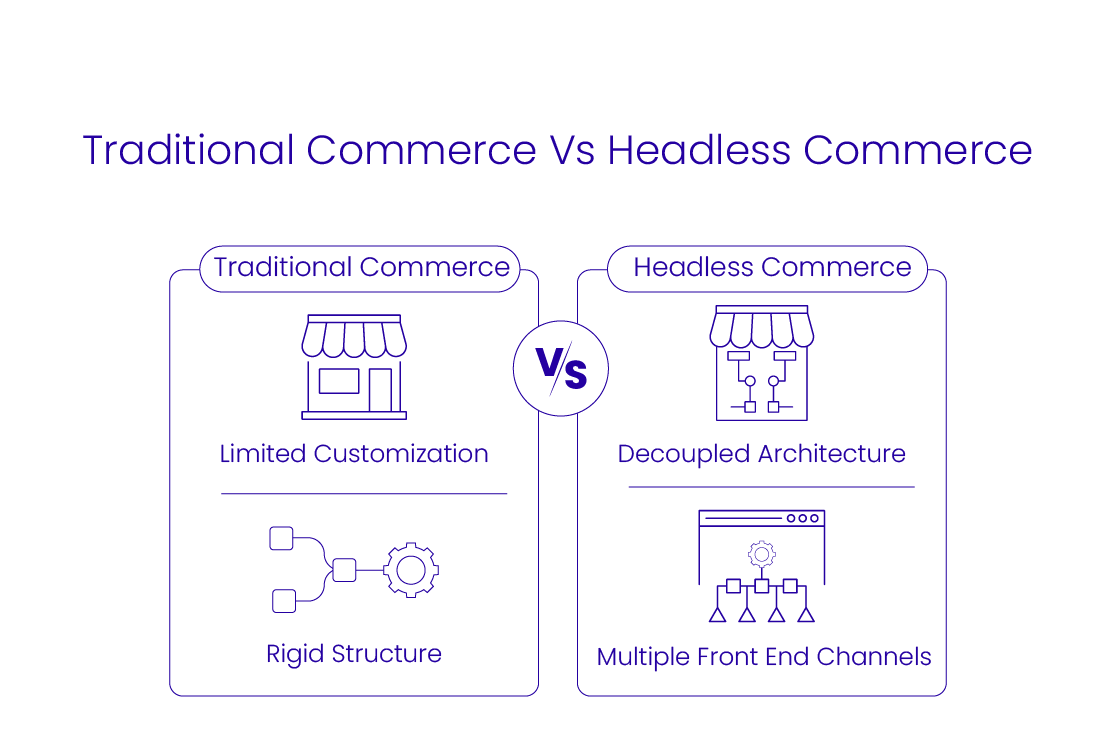
How does headless commerce impact your business and customers?
Headless cms ecommerce impacts businesses by enabling faster time-to-market, greater flexibility, and reduced costs, all while enhancing customer experiences through personalization and omnichannel capabilities. For CXOs, the headless ecommerce architecture acts as a digital transformation in ecommerce and offers alignment of technological investments with strategic objectives like improved customer satisfaction, increased revenue, and reduced operational expenses.
Aligning strategic goals: Headless commerce enables businesses to achieve key strategic objectives, including improved customer satisfaction, increased revenue, and cost reduction.
Enhancing customer experience: CXOs can create a more engaging and satisfying customer journey by enabling personalization and omnichannel capabilities.
Driving revenue growth: Personalized experiences and faster time-to-market can increase conversion rates and revenue growth.
Reducing operational costs: Headless commerce can simplify development and maintenance, potentially reduce operational costs and increase efficiency.
What makes headless commerce the best choice for multi-storefront?
Headless commerce is an excellent choice for multi-storefront setups due to its flexibility and scalability. It allows businesses to create distinct, personalized storefronts for different channels and audiences while maintaining a single, centralized backend. This decoupled headless storefront architecture enables faster development, easier customization, and independent updates of individual storefronts without affecting other channels.
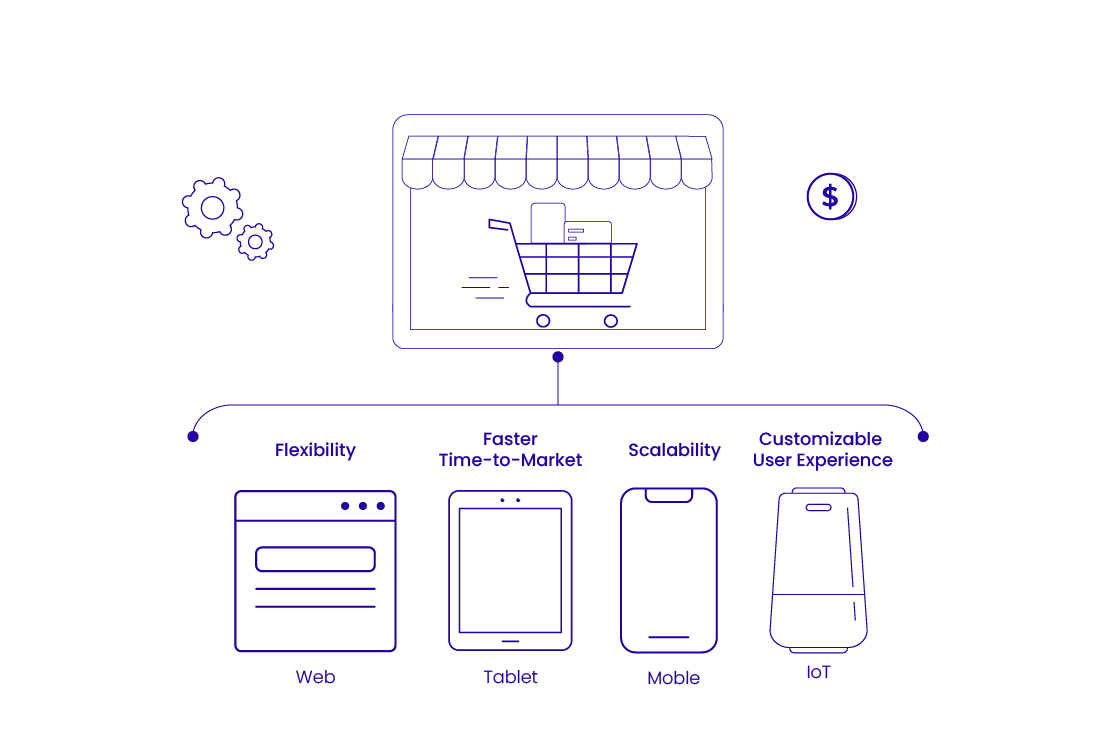
Here’s why headless commerce is ideal as a strategic ecommerce platform for digital leaders:
Customization and personalization: Headless architecture allows for the creation of unique and tailored storefronts for different channels, such as mobile apps, websites, social media, and physical kiosks. This enables businesses to optimize the user experience for each channel and target specific audience segments.
Scalability and flexibility: Headless commerce enables businesses to easily add or remove storefronts and channels without impacting the core commerce engine. This scalability is crucial for businesses that want to rapidly expand their omnichannel presence.
Quicker time-to-market: By decoupling the front end from the backend, headless cms ecommerce allows businesses to quickly launch new storefronts or update existing ones without waiting for backend development. This ability is essential for staying competitive and adapting to changing market conditions.
Centralized backend management: Headless commerce maintains a single backend for all storefronts, simplifying product management, order processing, and customer data management. This centralized approach improves efficiency and reduces the risk of data inconsistencies.
Independent development and updates: Developers can work on individual storefronts independently without affecting other channels or the core commerce engine. This allows for faster development cycles and more agile updates.
Improved user experience: Headless cms ecommerce enables businesses to create seamless and personalized shopping experiences across multiple channels. This leads to higher commitment, increased changes, and improved customer satisfaction.
Features of Headless Commerce
Headless commerce platforms feature a modular, API-first architecture, enabling separation of the frontend and backend for greater flexibility and agility. They offer omnichannel capabilities, allowing consistent experiences across various channels. Key features include personalized customer experiences, rapid experimentation, and seamless integration. Here’s a detailed look at those features:
API-First architecture: Headless ecommerce architecture relies on APIs for communication between the frontend and backend, allowing for more flexible integrations and customization.
Modular and Scalable: The architecture is designed to be modular, allowing for easy addition of new features or functionalities without affecting the core system.
Omnichannel Support: Headless platforms support various channels, including web, mobile apps, social media, and even in-store kiosks.
Personalized Customer Experiences: Headless commerce enables businesses to create unique and tailored experiences for individual customers.
Seamless Integrations: APIs facilitate easy integration with various internal systems and external services like CRM, payment gateways, and analytics tools.
Faster Time to Market: The separation of frontend and backend allows for quicker development and deployment of new features and updates.
Increased Agility and Flexibility: Businesses can adapt quickly to changing market conditions and customer preferences by modifying the front end without impacting the back end.
Enhanced Security and Compliance: Modern headless storefront platforms prioritize security and compliance, offering features like encryption, data protection, and compliance certifications.
Content Management System (CMS): Many headless platforms offer a CMS for managing website content and other assets.
Progressive Web Apps (PWA): Headless platforms support the creation of PWAs, offering a more robust and engaging user experience.
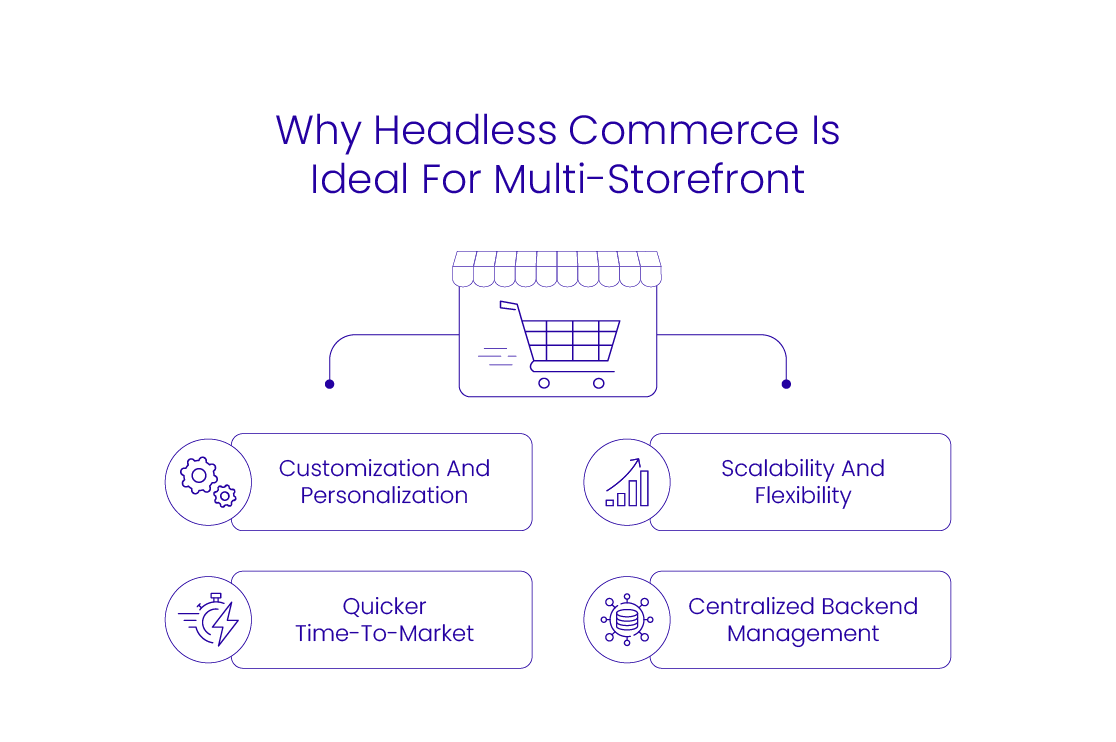
Multi-storefront Operations
Multi-storefront operations involve managing multiple distinct online sales channels (storefronts) from a single backend. Each storefront can have its own branding, product offerings, and target audience, but share a common e commerce headless storefront architecture for tasks like order management, customer data, and inventory.
Discovering its key features:
Centralized Backend: A single system manages all storefronts, streamlining operations and reducing redundancy.
Independent Storefronts: Each storefront can be customized with unique branding, themes, and products.
Multi-Channel Sales: Enable selling on various platforms, including websites, marketplaces, and social media.
Personalized Customer Experience: Tailor the shopping experience to different customer segments, geographic regions, or brand preferences.
Localized Content: Offer content (language, currency, pricing) specific to each storefront’s target audience.
Understanding its benefits:
Increased Reach and Visibility: Reach a wider audience by selling across multiple channels and platforms.
Enhanced Customer Engagement: Provide tailored experiences that resonate with different customer groups.
Improved Brand Management: Maintain a consistent brand identity across all storefronts while also allowing for distinct variations.
Simplified Operations: Centralized backend management reduces complexity and streamlines tasks like inventory, order fulfillment, and customer support.
Scalability and Flexibility: Easily add new storefronts, channels, or brands without starting from scratch.
Reduced Maintenance Costs: Streamline business processes by fixing problems and making changes from one place, rather than manually going into each site.
Enhanced SEO: Manage SEO for all stores from one place, improving website visibility on search engines.
Conclusion
Why Headless Commerce Is the Future of Scalable, Customer-Centric Digital Retail
In the current digital commerce landscape, headless architecture is no longer required. This architecture allows enterprises to decouple experience from infrastructure, enabling rapid innovation, localization in ecommerce platforms, faster time-to-market, and highly customized journeys throughout every point.
For CXOs, the message is clear – Headless commerce is not about just adopting new technologies. It is about discovering a scalable future where your business/brand is not bound by limitations.











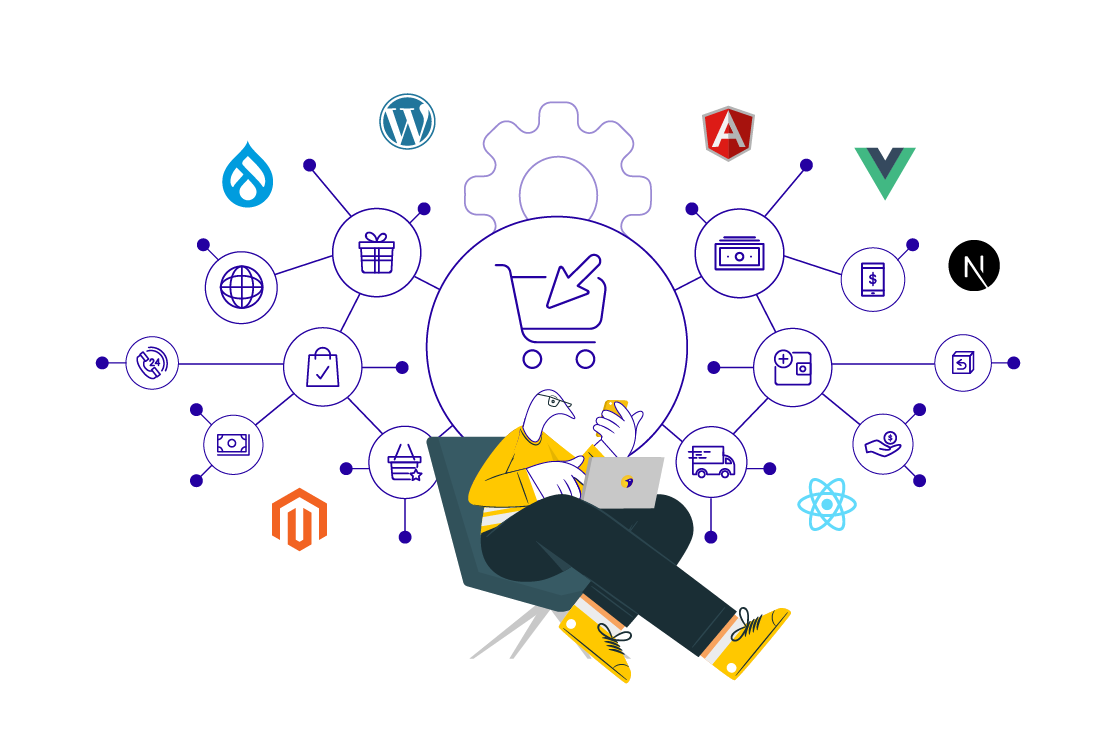
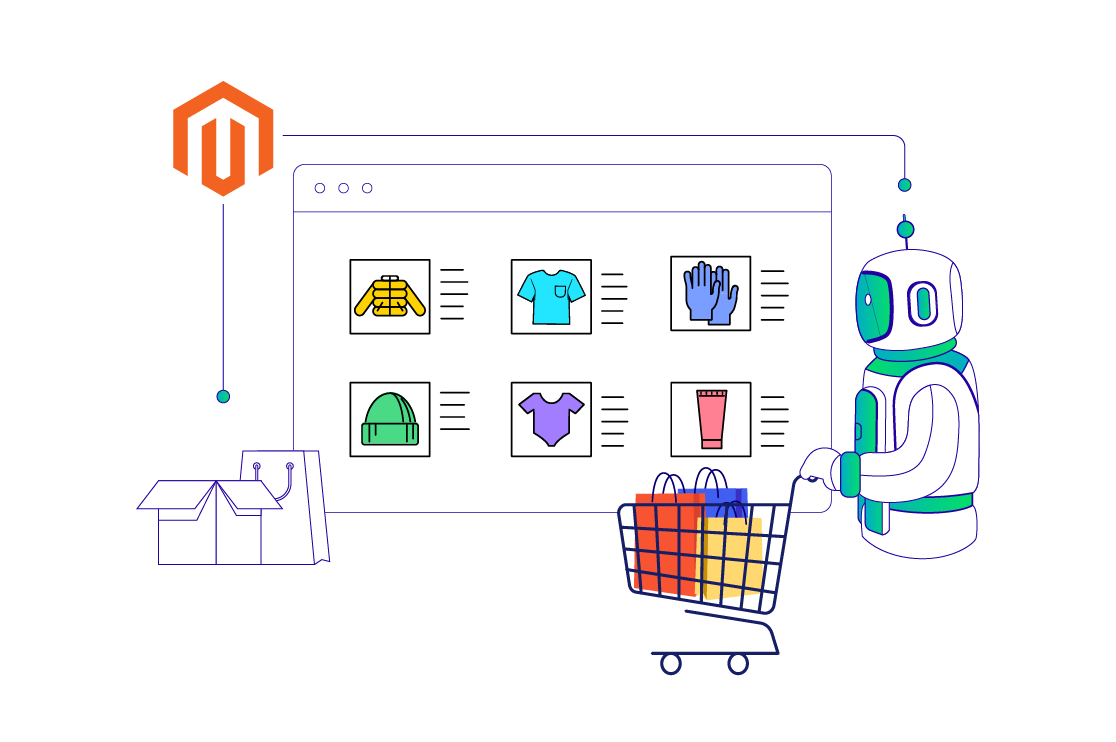 Magento AI Integration: Transform Your eCommerce Store Into an AI-Driven Revenue Engine
Magento AI Integration: Transform Your eCommerce Store Into an AI-Driven Revenue Engine 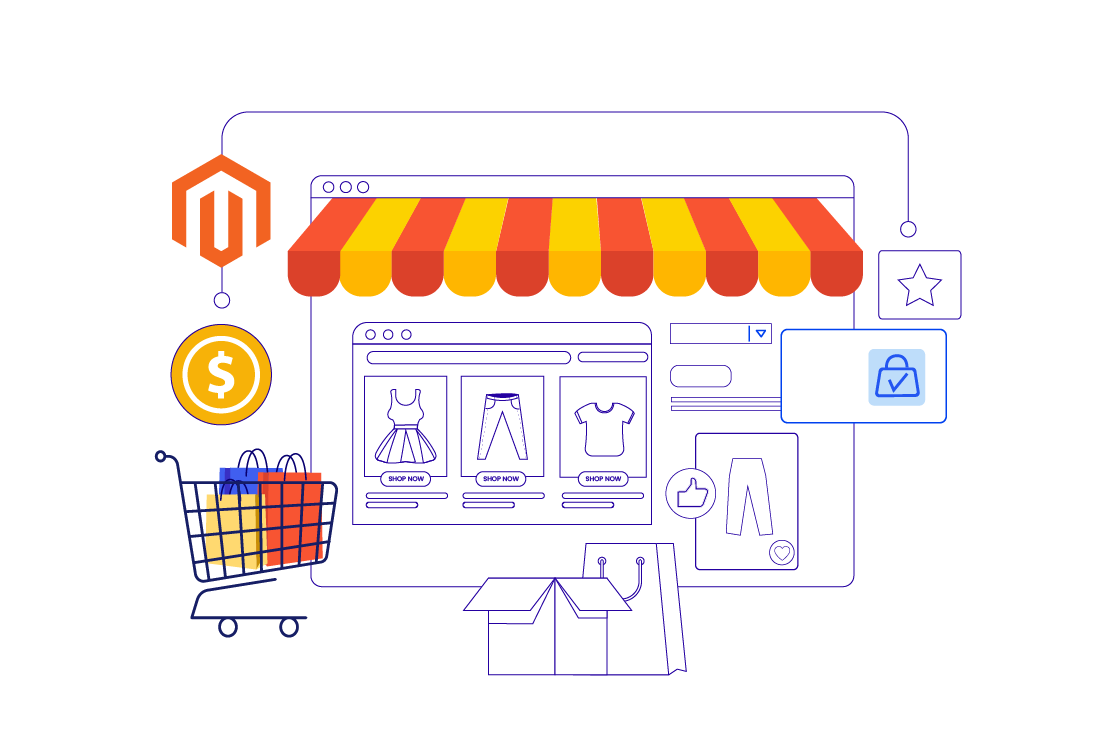 Sync Magento Store with Other B2C Ecommerce Platforms: A Guide to Multichannel Integration
Sync Magento Store with Other B2C Ecommerce Platforms: A Guide to Multichannel Integration 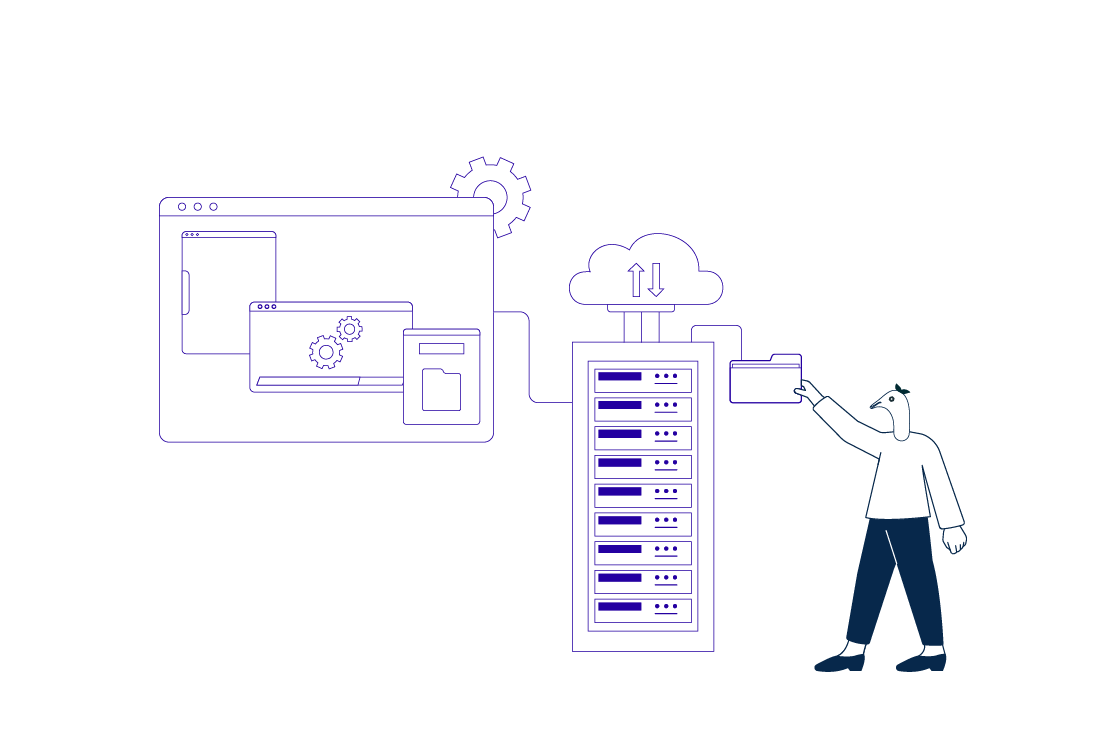 MACH Architecture for Unified Global Multi-Store Ecommerce: The Future of Headless Commerce
MACH Architecture for Unified Global Multi-Store Ecommerce: The Future of Headless Commerce 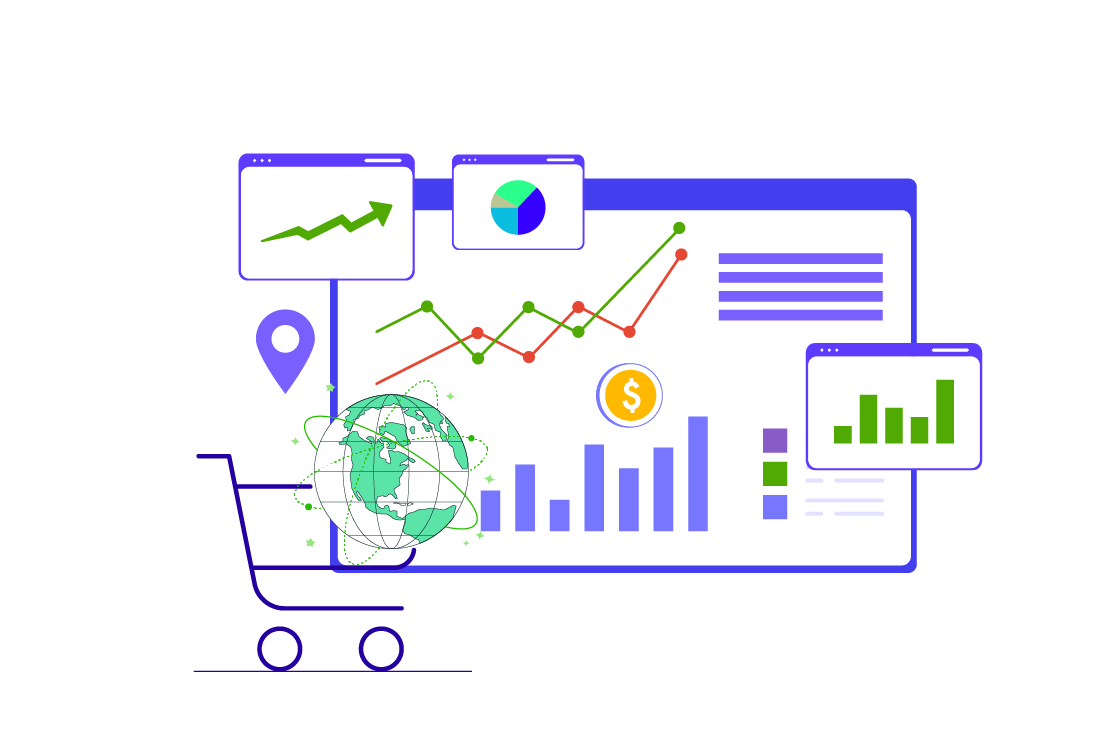 Setting Up Global Ecommerce Stores Without Duplicating Infrastructure
Setting Up Global Ecommerce Stores Without Duplicating Infrastructure 
